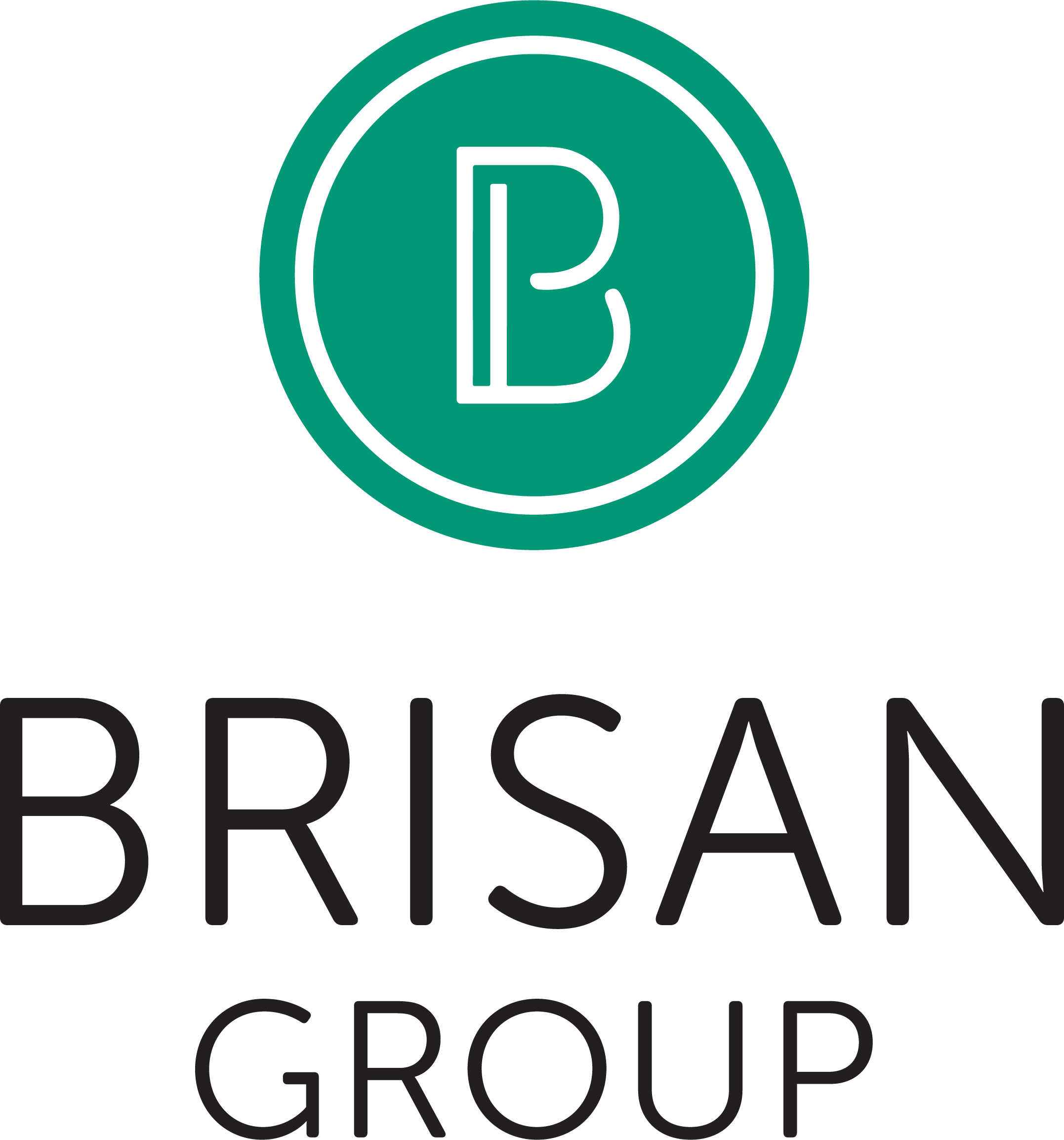Plant-Based Snacks
With the majority of consumers snacking twice a day or more (67%) and the plant-based category valued at roughly $4.5 billion, what does the future of plant-based snacking look like? We spoke with consumers to hear what they had to say.
Snapshot
Consumers are very interested in plant-based snacks in a variety of different formats;
Consumers are most interested in replacing their current snacks with plant-based versions of savory snacks, on-the-go protein packs, protein bars, and dips;
Consumers say savory plant-based snacks should be filling, bold in flavor, high in protein, energizing, and crunchy;
Consumers say sweet plant-based snacks should be fruity, filling, refreshing, energizing, and chewy;
Product packaging communication is a critical success factor for plant-based snack products.
Vegan cheese and butter, oat milk yogurt, cashew milk ice cream, soy jerky—the list goes on. Brisan explores all of these plant-based items in this report to better understand purchase intent and motivators of this category, while also discovering what “plant-based” may mean to consumers.
Brisan Insights
General Snacking Behavior
A majority of consumers (67%) snack twice a day or more often. Most consumers snack in the mid-morning (58%), mid-afternoon (64%), and late evening (55%).
Brisan Group: Plant-Based Snacking Consumer Survey, November 2019.
Consumers look for snacks that are satisfying (86%), that hold them over until a meal (77%), protein (58%), and products that have a serving of fruits and vegetables (58%).
Brisan Group: Plant-Based Snacking Consumer Survey, November 2019.
Understanding Plant-Based Purchase Motivators
A small percentage of consumers (13%) seek vegetarian or vegan characteristics in a snack, while over half of consumers (58%) seek to achieve a full serving of fruits and vegetables in a snack. Could looking to add more servings of plants be a purchase motivator for consumers interested in plant-based snacks?
Of the consumers that look for a serving of fruits and vegetables in a snack, they also seek to taste the blend of others flavor in conjunction with fruits and vegetables within the snack.
Brisan Group: Plant-Based Snacking Consumer Survey, November 2019.
Consumers are most interested in formats that have whole fruits and vegetables, fruit and vegetables replacing “unhealthy” ingredients, and pieces of fruits and vegetables incorporated into snacks they already like.
Learn even more about what consumer had to say about plant-based snacks, download the report!
Brisan Group: Plant-Based Snacking Consumer Survey, November 2019.
Traditional Snacks to be replaced
Consumers are most interested in replacing their current snacks with plant-based versions of savory snacks, on-the-go protein packs, protein bars, and dips.
Brisan Group: Plant-Based Snacking Consumer Survey, November 2019.
Stay tuned for our January report about plant-based beverages!
Plant-based snack FORMATS
Consumers are interested in plant-based snacks in the format of:
Breakfast/granola bars (85%)
Whole fruits and vegetables (82%)*
Nut butters (80%)
Savory snacks (79%)
Fruits and vegetables with dips (78%)
Trail mix (78%)
Protein bars (75%)
*Research Behind-the-scenes: WHat Does “Whole Fruits and Vegetables” snacking mean?
Brisan group dug deeper to understand the type of format consumers might be interested in as plant-based snack products. It’s no surprise that consumers are interested in whole fruits and veggies (as these are familiar, convenient plant-based snacks).
“Simply put, people are looking for clean ingredients.”
Savory Snack Attributes
Brisan Group: Plant-Based Snacking Consumer Survey, November 2019.
A majority of consumers say savory plant-based snacks should be filling (74%), bold in flavor (70%), high in protein (68%), energizing (61%), and crunchy (53%).
SWEET PLANT-BASED SNACK ATTRIBUTES
Brisan Group: Plant-Based Snacking Consumer Survey, November 2019.
A majority of consumers say a sweet plant-based snack should be fruity (77%), filling (57%), refreshing (56%), energizing (55%), and chewy (53%).
Take-Aways
WHAT IT ALL MEANS
Consumers have expressed significant interest in plant-based snack offerings…but do they fully understand what “plant-based” actually means?
Although “meatless” products (a market precursor to “plant-based”) have been around for nearly forty years, plant-based category has limited benchmark data and best-practices, causing a notable learning curve for all new plant-based product lines.
Arguably, one of the top learning curves for plant-based marketing is getting the product packaging communication right (Quaker pulled the plug on an Oat Beverage for that precise reason). Qualitatively involving consumers in this brave new plant-based snack world will be paramount to the ultimate success of new product launches.
NOW WHAT?
Dr. Stella Salisu Hickman, VP Research at Brisan Group, notes that in addition to involving consumers as co-creators to get communication right, making sure to get taste expectations right is also critical to the long-term success of plant-based snacks.
Dr. Hickman also explained that, looking to the future, due to the growing “better-for-you” misconceptions, it is also a responsibility of plant-based product manufacturers to educate consumers on the inherent nutrition of products.
About the Author
Theresa Cantafio is the VP of Marketing and Trend Insights at Brisan Group. With a background in food science, design-thinking, and hands-on culinary, Cantafio has been providing food marketing and trend thought-leadership to the industry for the past five years. Her writing has been featured in SmartBrief, Go Clean Label, IFT, and Chicago Woman Magazine. You can find her hosting dinner parties, studying brand art directions, and volunteering as an RMMFI food service business coach.


















